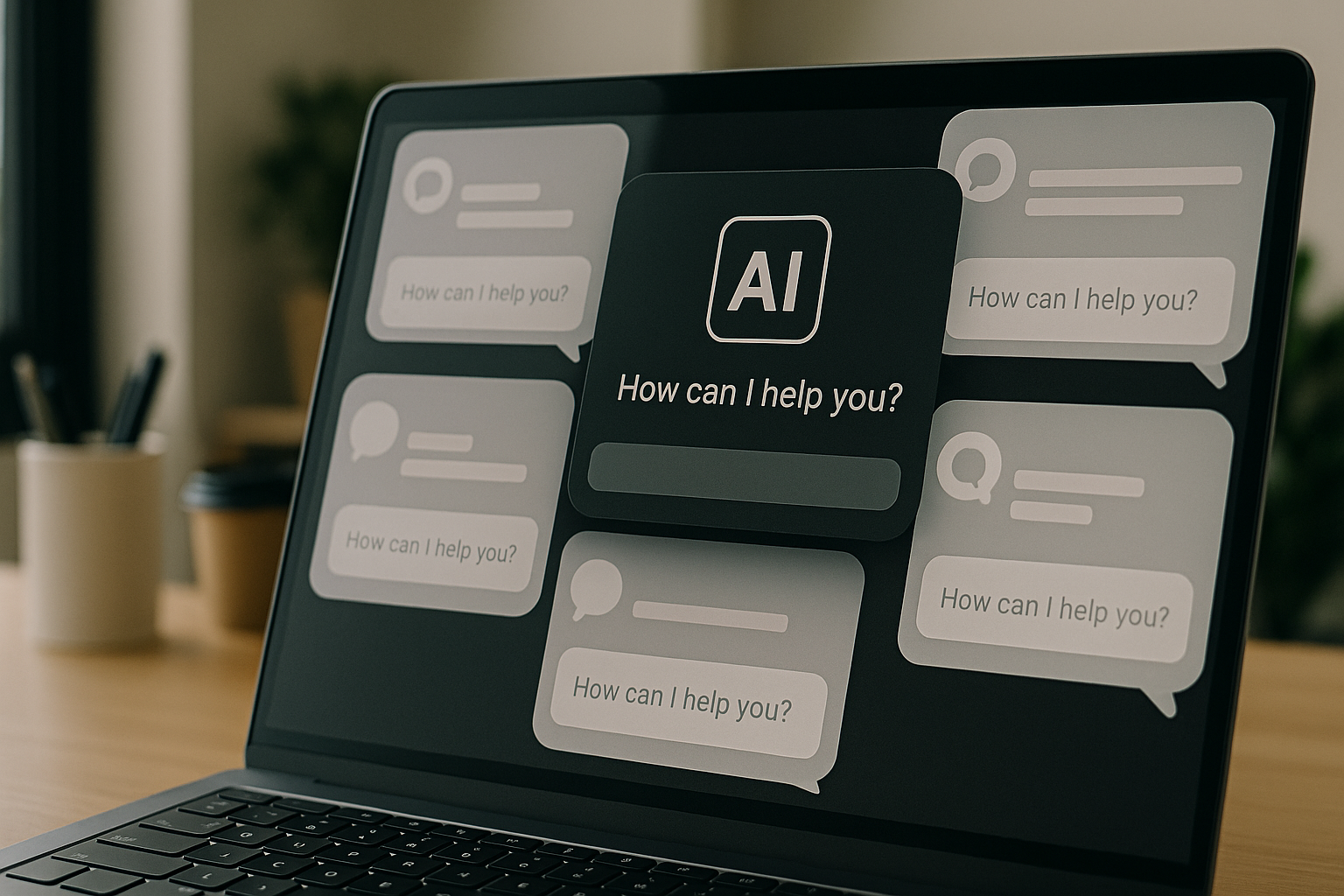In three years, how many conversational interfaces will you actually use at work? Probably fewer than you think.
We’re living through a boom in chat-based tools. From recruiting to payroll to performance management, it seems like every vendor is adding a chatbot to their product and labeling it AI. But here’s the catch: just because you can use chat everywhere doesn’t mean you should.
At Winslow, we believe AI should feel like a helping hand, not another login. And if you’ve ever toggled between ChatGPT and Cursor, you already know the cognitive friction that comes with bouncing between bots.
Now imagine doing that for every HR function.
The Real Cost of Too Many Interfaces
Picture this: you’re trying to finalize a promotion packet, and you have to ask one chatbot about compensation bands, another about performance review language, and a third about policy. That’s three tools, three interfaces, three different sets of rules to learn and remember.
That’s not productive—it’s exhausting.
And it’s not just a minor annoyance. Studies show that excessive use of digital tools can lead to cognitive overload, scattered attention, and lower adoption rates. Your team’s already juggling tools like Gusto, BambooHR, Notion, Slack, and Google Docs. Layering bots on top of each other doesn’t help. It fragments the experience.
What We’ve Learned from SaaS
This isn’t the first time we’ve seen this pattern.
In the early days of SaaS, teams adopted specialized tools for various tasks, including email marketing, lead scoring, and form building. But over time, context switching and data silos created more problems than they solved. That’s what gave rise to platforms like HubSpot, Toast, and Rippling: not because they were the best at everything, but because they were the best at doing everything in one place.
Now we’re watching that same trend unfold in AI. The early days are noisy. Every product wants to be “AI-powered.” But the future? It’s consolidated. Users won’t want 15 different bots. They’ll want one that knows what they need and works everywhere they do.
HR is Ground Zero for This Change
AI is helping HR teams answer policy questions, draft documents, and manage onboarding workflows—all through chat. But that doesn’t mean HR teams want a chatbot for every platform. In fact, our customers tell us the opposite. What they want is:
- One familiar chat interface they can trust
- Context-aware answers based on their policies, employee data, and tools
- Fewer tools to train on and fewer tabs to manage
We’re betting on consolidation. Not because it’s trendy, but because it’s better for your team.
The Land Grab Isn’t Over Data—It’s Over Prompts
Here’s the twist: the real moat for chat-first tools won’t be data. It’ll be habit.
As you become accustomed to using multiple AI assistants, the switching cost increases. The chat that knows your style, your policies, your team—that’s the one you’ll keep coming back to. ChatGPT knows this. That’s why they acquired Windsurf, a company with a very specific use case, and pulled it into their interface. They’re not chasing more users. They’re chasing more use cases inside the same chat.
That’s not just a product strategy. It’s a behavioral one.
So What Should HR Teams Do?
If you’re leading HR or building tools for HR, ask yourself:
- Do we really want a different chatbot for every system?
- Are we thinking about interface fatigue or just features?
- What would it look like to bring everything into one smart, trusted assistant?
At Winslow, that’s what we’re building. Not a bot for one tool. An assistant for all of them. Because AI shouldn’t feel like another tool to manage. It should feel like help.



